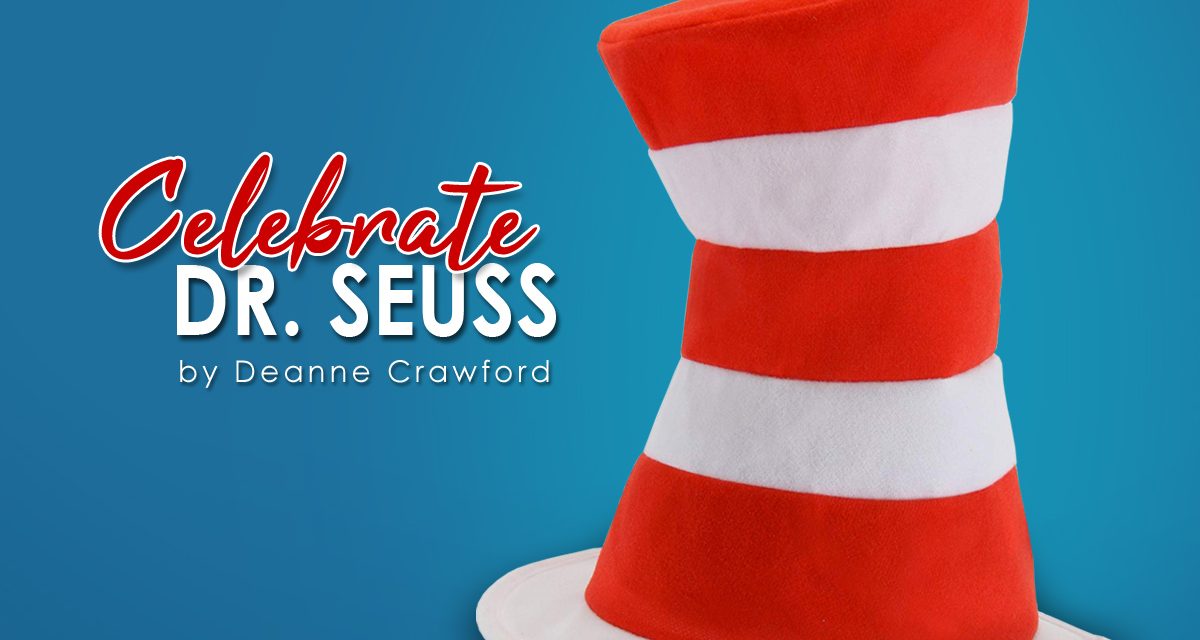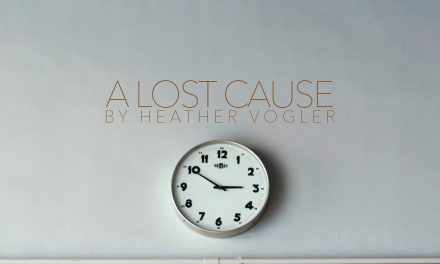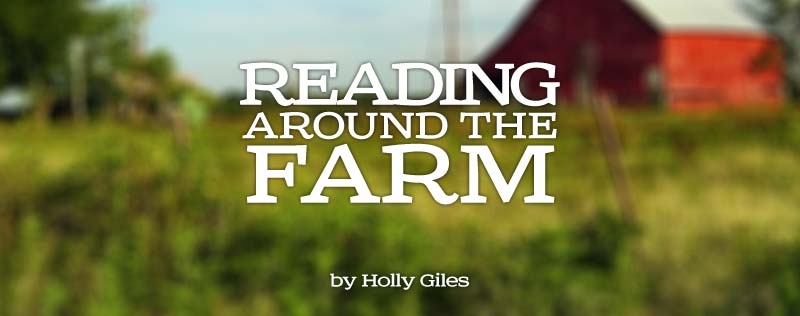Join with me to take delight
In rhythmic writings, all to recite
A twist of tongue brings gales of laughter
From every page and every chapter
Generations have regaled in the whimsical writings of Theodor Seuss Geisel. Today, we celebrate beloved children’s author, Dr. Seuss, in honor of his birthday. Without further ado, grab your favorite Dr. Seuss book and join our March unit study to learn about the man, the manuscripts and the message of Theodor Geisel. You’ll find links throughout to family friendly sites for further study.
Born March 2, 1904, in Springfield, Massachusetts, to Theodor and Henrietta Geisel, Theodor Seuss Geisel (or Ted, as he was called) credits his mother for his love of words and rhyme. Singing chants and telling bedtime stories developed the vivid imagination of the man we know as Dr. Seuss. Known as a pen name or pseudonym, Dr. Seuss was only one pseudonym used by Ted Geisel. He wrote under other pen names including Theo LeSieg, which is Geisel backwards. Today, we pronounce Seuss like goose, although Ted and his family pronounced it Zoice, like voice. And no, Dr. Seuss was not a real doctor; he added Dr. to his pen name as a sign of honor to his dad who wanted his son to pursue a doctorate. Interestingly, in 1955, Dartmouth gave him his first honorary doctorate. He would eventually receive seven honorary degrees, including one from Princeton.
Dr. Seuss Biographies:
- Boy on Fairfield Street (Grades K-3)
- Dr. Seuss (Childhood of Famous Americans) (Grades 3-7)
- Who Was Dr. Seuss? (Grades 3-7)
Dr. Seuss is well known for writing children’s books with a rhyming pattern called anapestic tetrameter. An anapestic tetrameter consists of four rhythmic units called an anapest which has three syllables each: two unstressed followed by one stressed or a da da DUM / da da DUM / da da DUM /da da DUM pattern for a total of twelve syllables. An example of this meter can be found in “Yertle the Turtle.” Read the following and ask your children to clap along with the da da DUM pattern:
I’m Yertle the Turtle!
Oh, marvelous me!
For I am the ruler
of all that I see!
Over 40 children’s books have been written under the name Dr. Seuss or Theo LeSeig. Together, read aloud your child’s favorite Seuss book. Ask them to share their favorite part of the book. Do they notice any patterns or rhyming in the book?
While we do not have time to explore all the writings of Seuss, I do want to highlight three classic favorites: And to Think I Saw It on Mulberry Street; The Cat in the Hat; and Green Eggs and Ham. If I have missed your favorite, be sure to check out Seussville’s Classroom resources. There may be an activity for your favorite Seuss book.
Rejected a whopping 27 times by publishers, And to Think I Saw It on Mulberry Street is Dr. Seuss’ first published book for children. Written while crossing the Atlantic Ocean, Geisel penned the poem to the rhythm of the ship’s engine. Based on a real street in Geisel’s hometown of Springfield, MA, it tells the story of an imaginative boy who saw a simple horse-drawn wagon who then spins a tale filled with an exciting parade of cars and creatures. Learn more about how Seuss got his start on Mulberry Street at NPR.
Our next book has a fascinating history. The year was 1954, and Dick and Jane readers were widely used to practice early reading skills. Many people found them boring and uninspiring. This belief led to a challenge: write a story that “children could not put down”, using only 225 words from a list of 348 first grade vocabulary words. Geisel was captivated and while the story took 9 months to complete, The Cat in the Hat, became an instant success and inspired a new series of primers called Dr. Suess Beginner Books. The Cat in the Hat ended up with 236 different words, including 13 words that were not on the list. Using The Cat in the Hat word list, ask children to write (or tell) a fun story.
Ask your children how challenging they found The Cat in the Hat word list writing exercise. Now imagine being asked to write a book with 50 words (or less)? Is it possible? Absolutely! After the success of The Cat in the Hat, Ted Geisel was dared to write a book with only 50 unique words. This became his number one bestselling book, Green Eggs and Ham! We began our study reading our favorite Dr Seuss book and this was my children’s favorite. Was it the silly rhyme or the lively art work? Or was it the resistance to trying new foods? To this day, I am not sure; I just recall our beloved, well-worn, dog-eared copy! There are numerous activities available to bring this book alive. Most popular is cooking green eggs for breakfast. When my children were young, I used a bit of green dye. Thankfully, today healthier options are available: Eggs with Pesto or Eggs and Spinach. A variety of interactive activities for younger children is available at Scholastic®. Older ones may enjoy a philosophical discussion through the lesson ideas found at Teaching Children Philosophy.
Some Favorite Dr. Seuss Books:
- Green Eggs and Ham
- Yertle the Turtle
- Hop on Pop
- Dr. Seuss’s Beginner Book Collection
- Your Favorite Seuss: A Baker’s Dozen
- The Lorax
Our study would be incomplete if we neglected to talk about Seuss and Science. Newly released, a delightful The Cat in the Hat Learning Library exists that follows the characters and rhymes created by Dr. Seuss. However, back in 1971, he wrote of our responsibility to care for the environment. The Lorax tells a tale of the environment’s destruction and the Lorax’s solitary efforts to defend trees. Considered by some a cry for action and others a harsh, unfair representation, this is the only book written by Ted Geisel to have been countered with a booklet from the opposite viewpoint. Much has changed since this book was written, and many credit the Lorax for inspiring change in our approach to forestry. Learn more about sustainable forests. If you would like to go deeper into natural resource management, Project Learning Tree has a well written activity resource based on The Lorax: “Who Speaks for the Trees”.
Thank you for joining me on this journey into the life and writings of Theodore Seuss Geisel. I would love to hear about your unit study adventures, click here to send me a note. ~ Deanne
Dr. Seuss Science Books:





